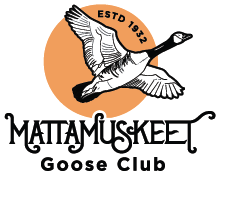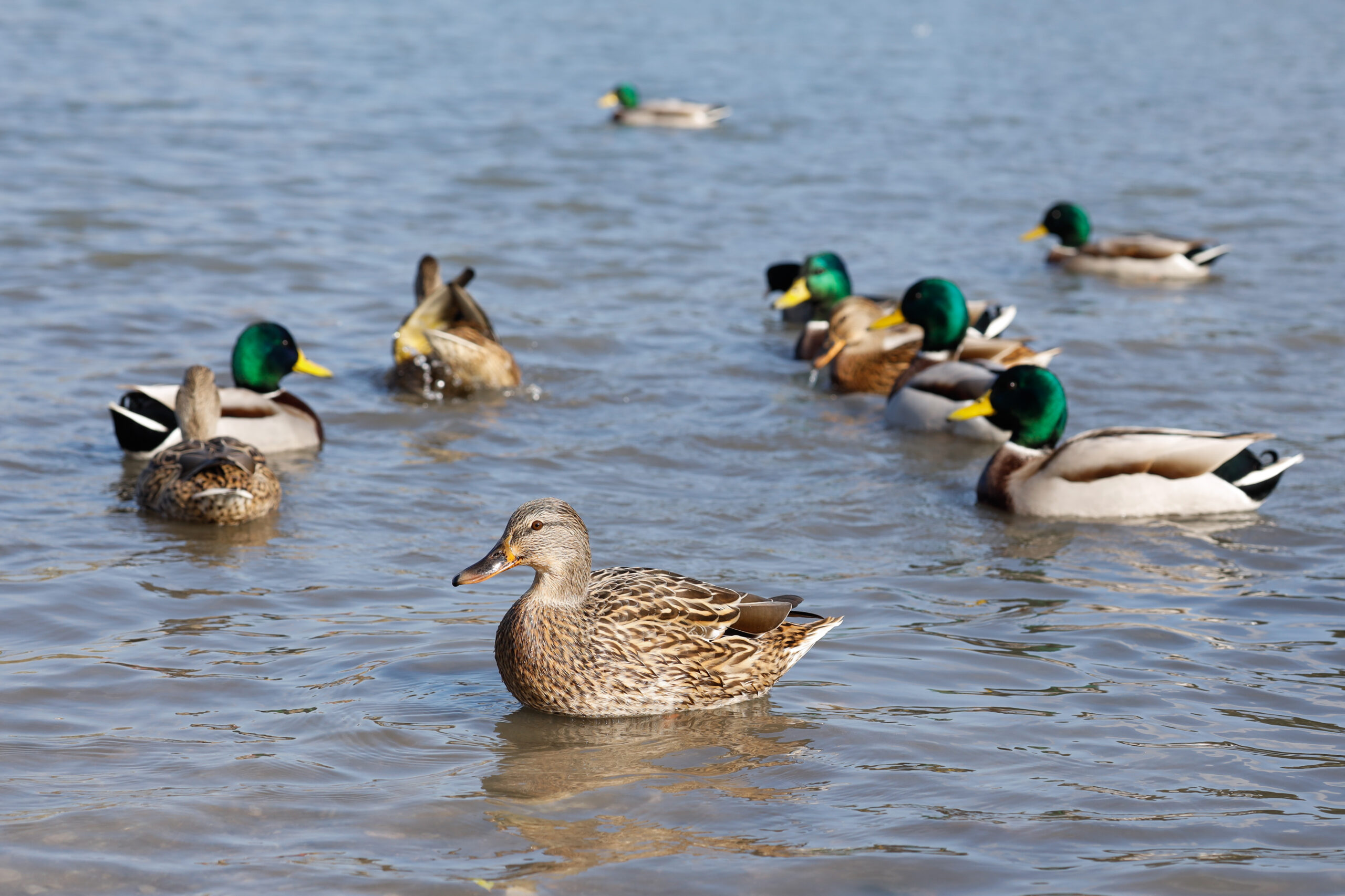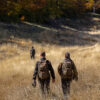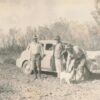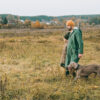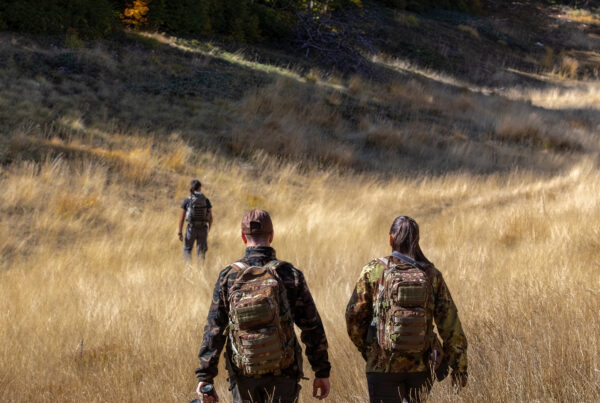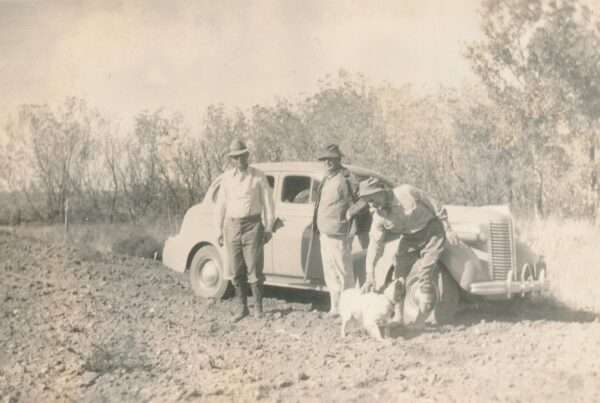Planning for a successful waterfowl season in North Carolina takes more than just showing up on opening day—it’s about preparation, timing, and knowing the land. North Carolina is home to some of the best waterfowl hunting opportunities on the East Coast, and for many hunters, Lake Mattamuskeet is the ultimate destination. As the state’s largest natural freshwater lake, this 40,000-acre habitat serves as a prime stop along the Atlantic Flyway, attracting thousands of ducks, geese, and swans each year. The Mattamuskeet Goose Club provides access to prime hunting grounds and expert local knowledge, giving waterfowl hunters the best chance for a memorable and rewarding season.
One of the most important factors for a productive hunt is scouting. Successful waterfowl hunters in North Carolina spend time learning the habits of the birds long before the season starts. Geese and ducks tend to follow predictable patterns between their feeding and roosting sites, most often moving early in the morning and late in the afternoon. By scouting these areas ahead of time, you can pinpoint the best locations to set up your blind and decoys. Understanding how weather impacts bird movement is also essential—cold fronts, overcast skies, and steady winds often trigger more active flights and create prime hunting conditions.
A realistic decoy spread can make the difference between a slow morning and a full limit. Hunters at Lake Mattamuskeet often use a combination of full-body decoys and floating decoys to mimic a natural flock. Positioning the decoys to face into the wind helps geese and ducks approach in a way that feels safe and natural. Many hunters also create landing zones in their spread to give incoming birds a clear path to land. While decoys help draw birds in, calling is what convinces them to commit. Mastering a variety of calls—like honks, clucks, and feeding murmurs for geese or soft quacks and feeding chuckles for ducks—adds realism to your setup. The key is to call with purpose; overcalling can spook wary birds, while well-timed calls can bring them right into range.
Concealment is another crucial element of a successful waterfowl season in North Carolina. Even the best calling and decoy spreads will fail if birds spot movement or shiny surfaces. Using a layout blind or a shoreline setup that blends with surrounding vegetation is essential. Brushing your blind with local reeds or grasses and wearing camouflage that matches the environment will keep you hidden until it’s time to take the shot. Limiting movement when birds are approaching is equally important—waterfowl have sharp eyesight and will flare away from any sign of danger.
Equally important to hunting strategy is following the rules and practicing ethical hunting. Waterfowl hunting in North Carolina requires a valid hunting license, HIP certification, Federal Duck Stamp, and any applicable state waterfowl permits. For hunts at Lake Mattamuskeet, participants must enter the NC Wildlife Resources Commission Permit Hunting Opportunities Program. Bag limits, hunting hours, and the use of non-toxic shot are strictly enforced to protect the waterfowl population and maintain the health of the habitat. For the most up-to-date information on seasons and regulations, hunters should check the NC Wildlife Resources Commission website before heading out.
A successful waterfowl season in North Carolina is about more than filling your limit—it’s about the experience of the hunt, the connection with the land, and the respect for the birds and their habitat. By scouting early, setting effective decoy spreads, mastering your calls, staying concealed, and following all regulations, hunters can make the most of their time at Lake Mattamuskeet. Whether you’re an experienced waterfowler or stepping into the marsh for your first season, careful preparation and ethical practices will help you create lasting memories and enjoy all that the Mattamuskeet Goose Club and the surrounding wetlands have to offer.
